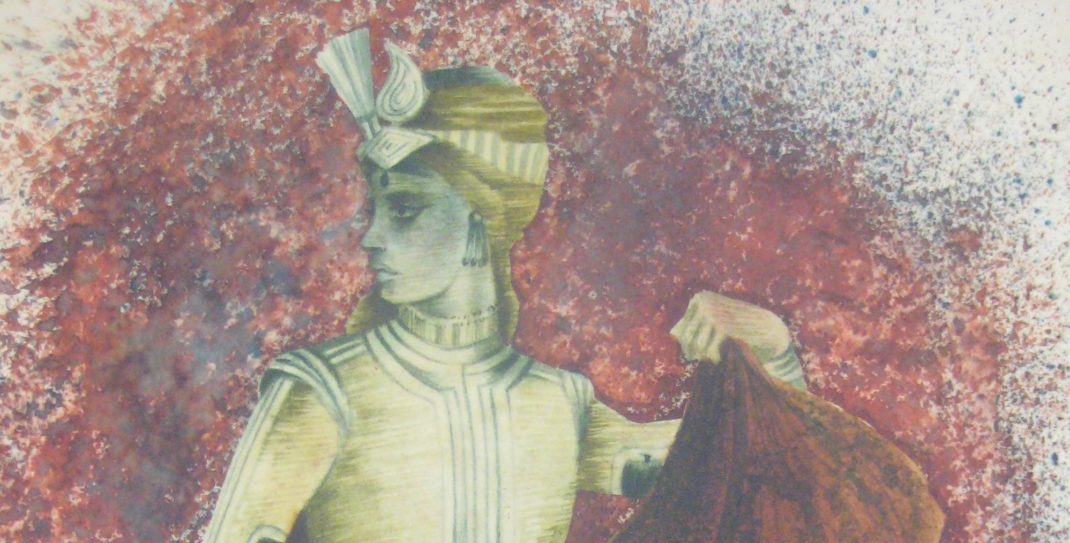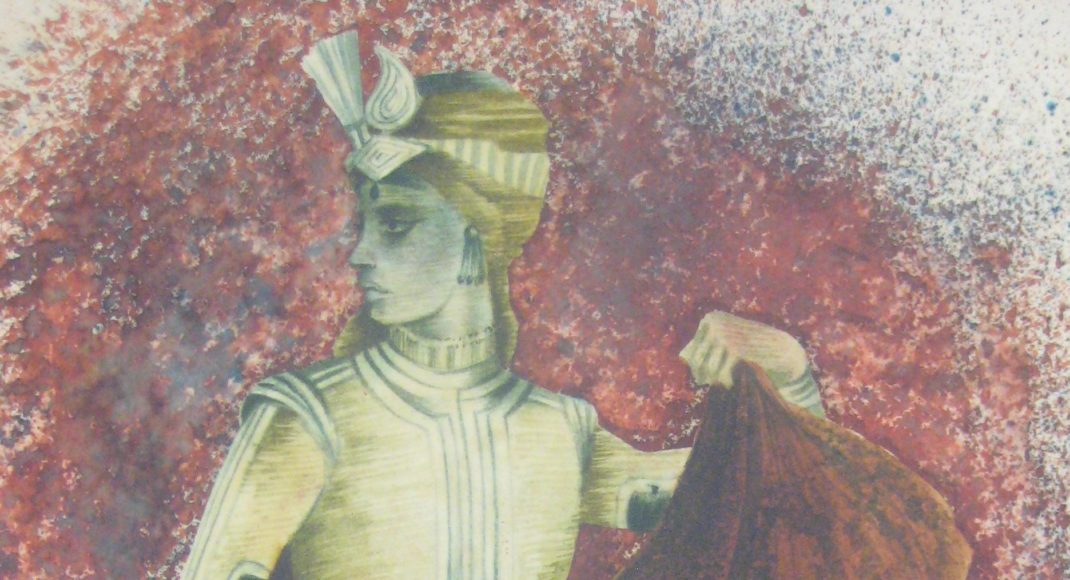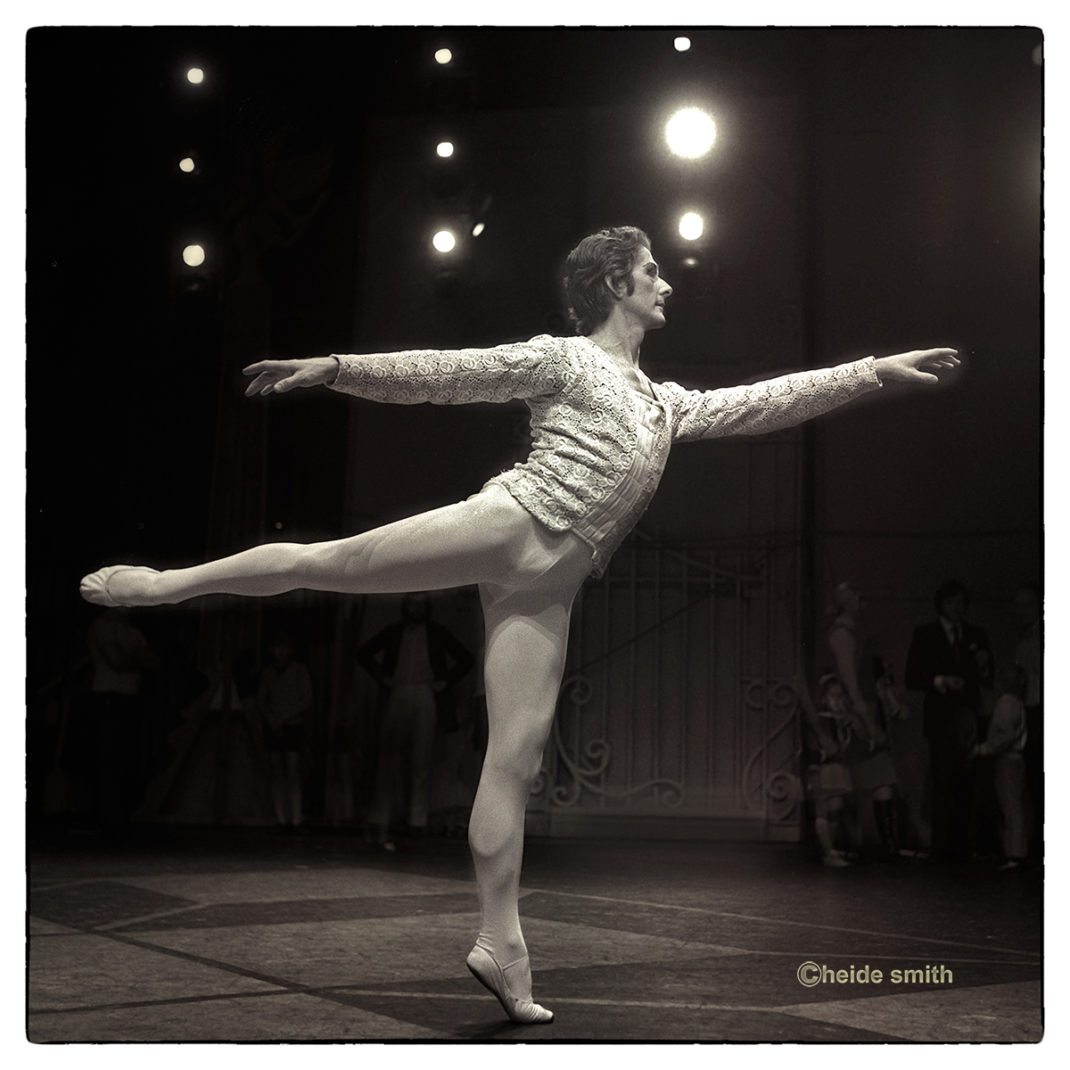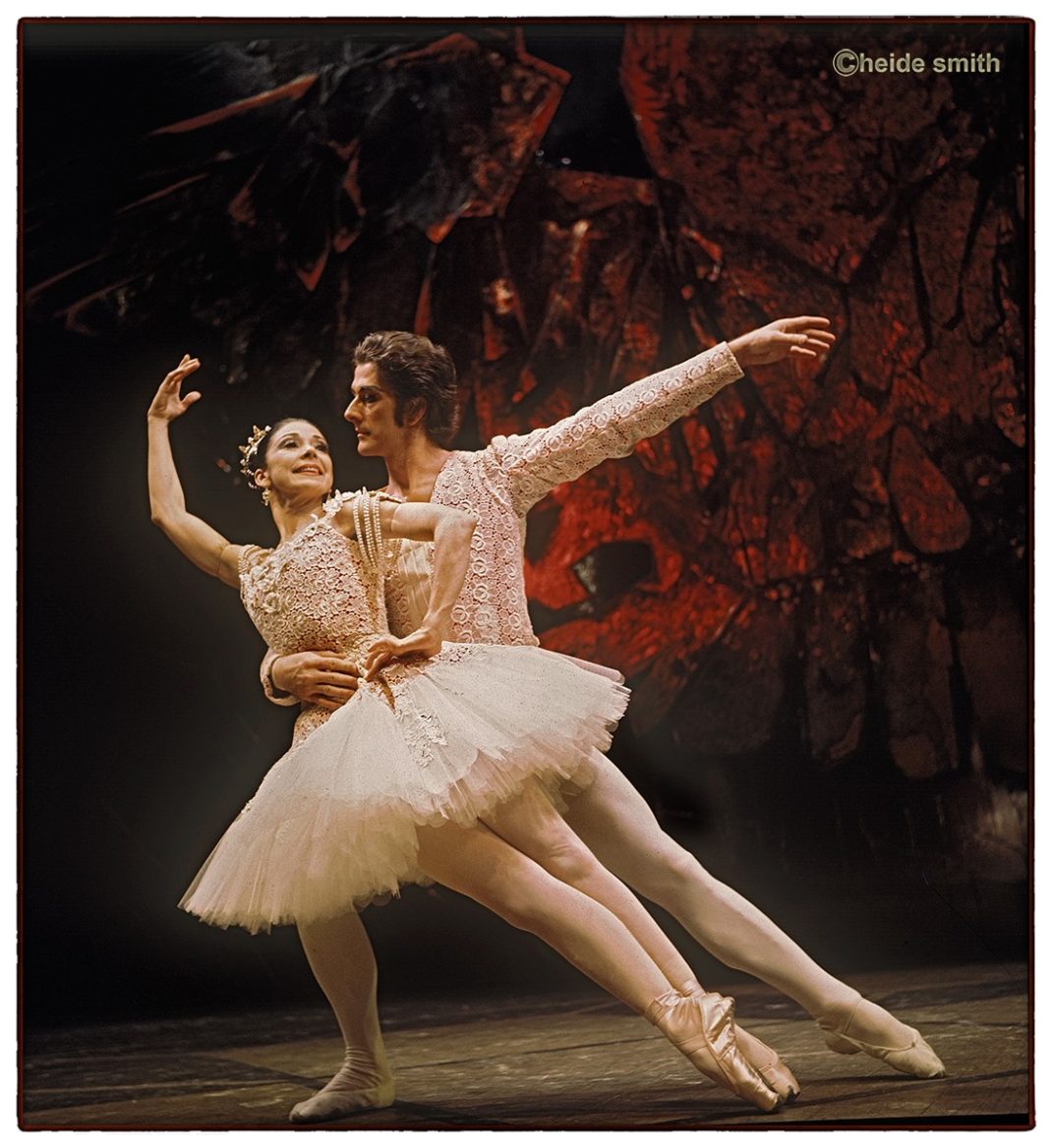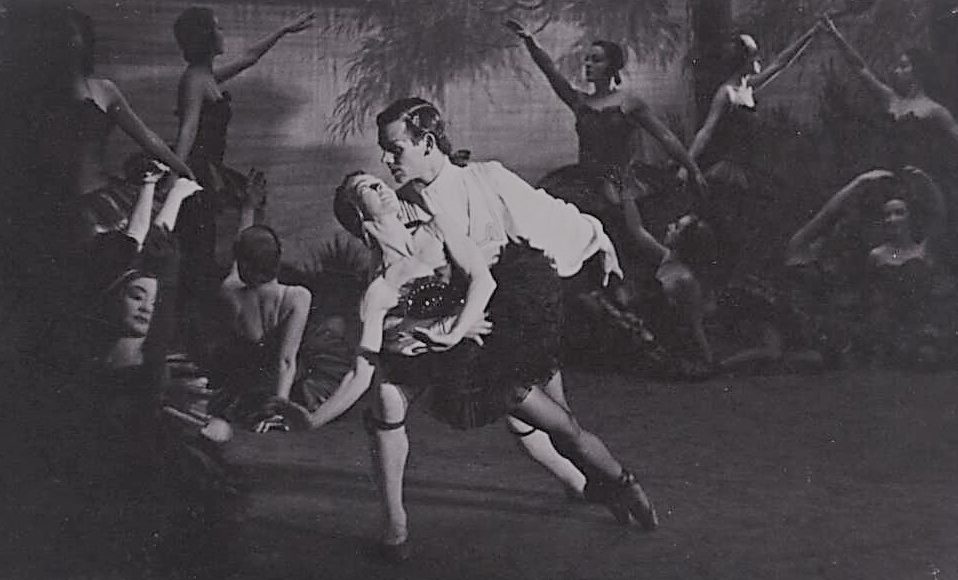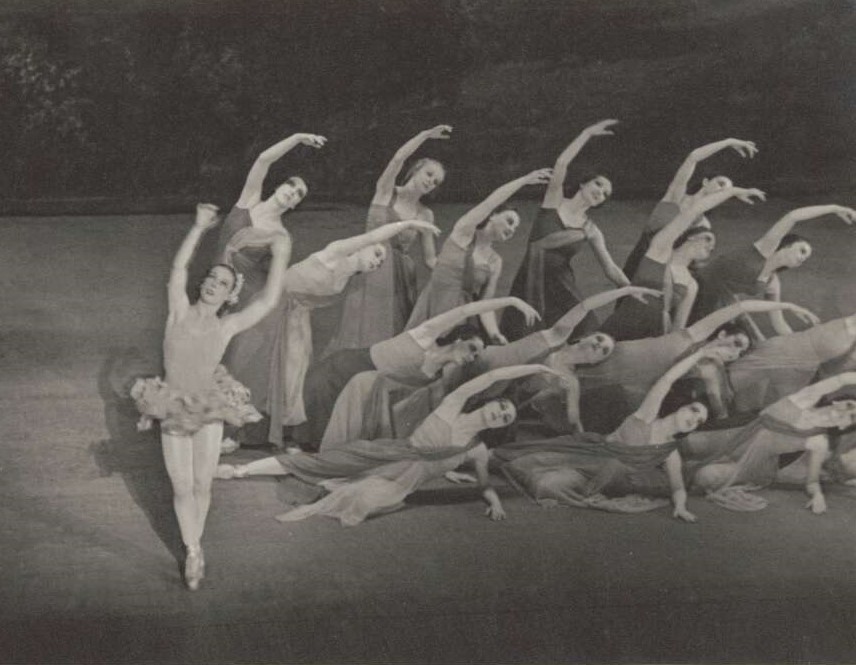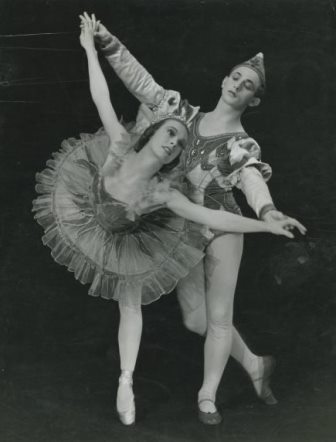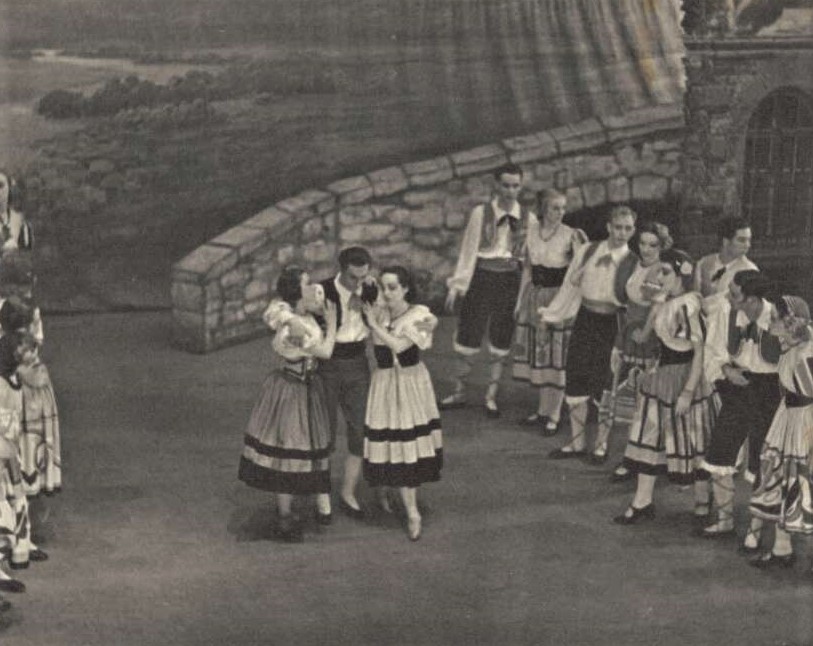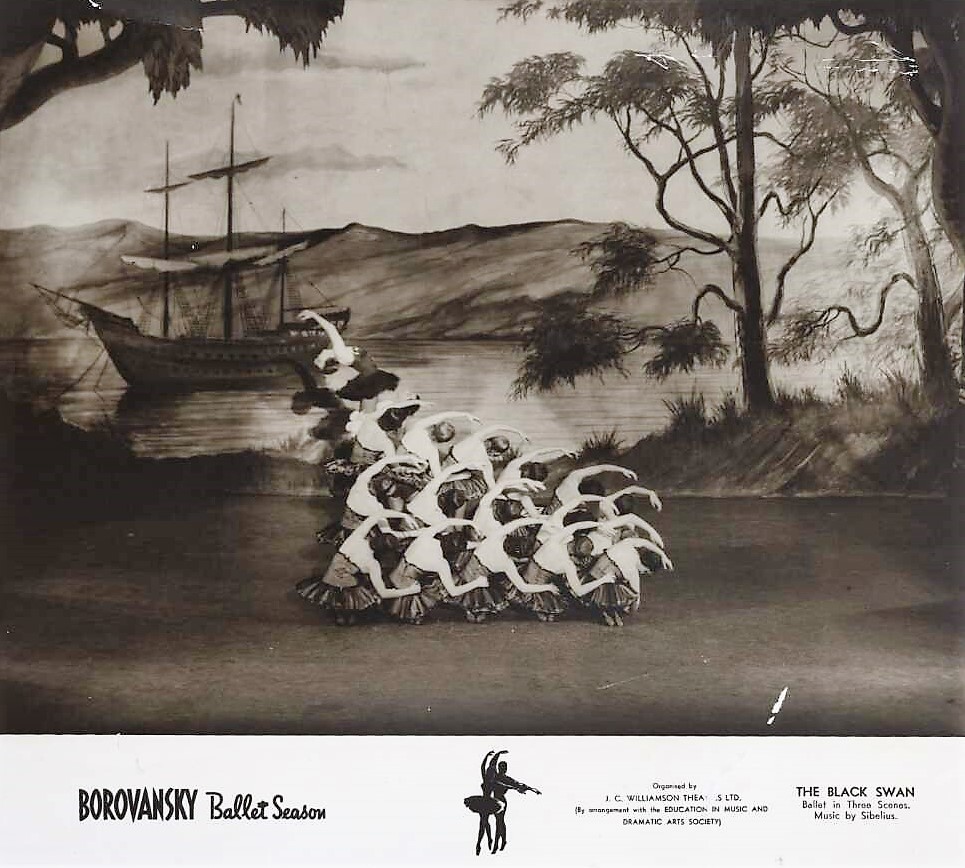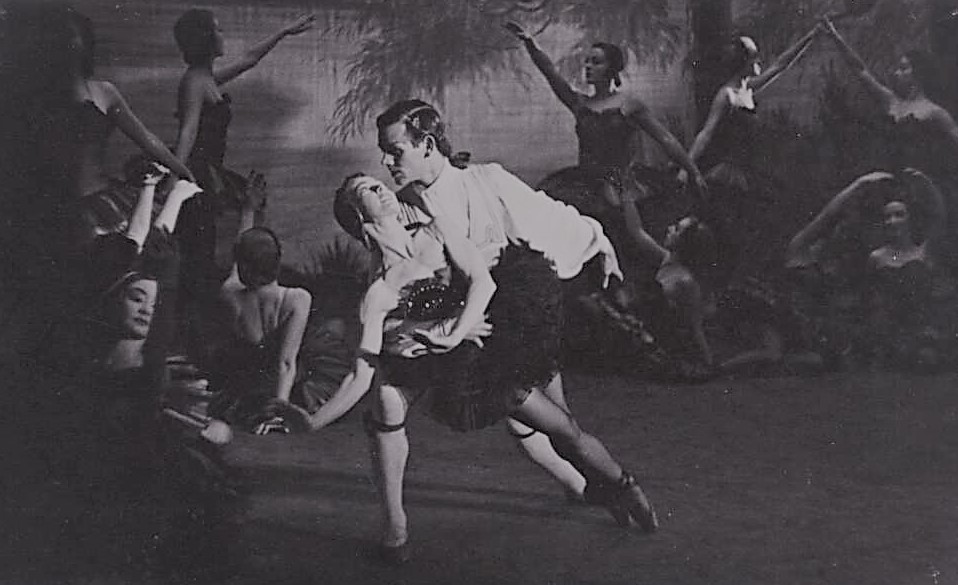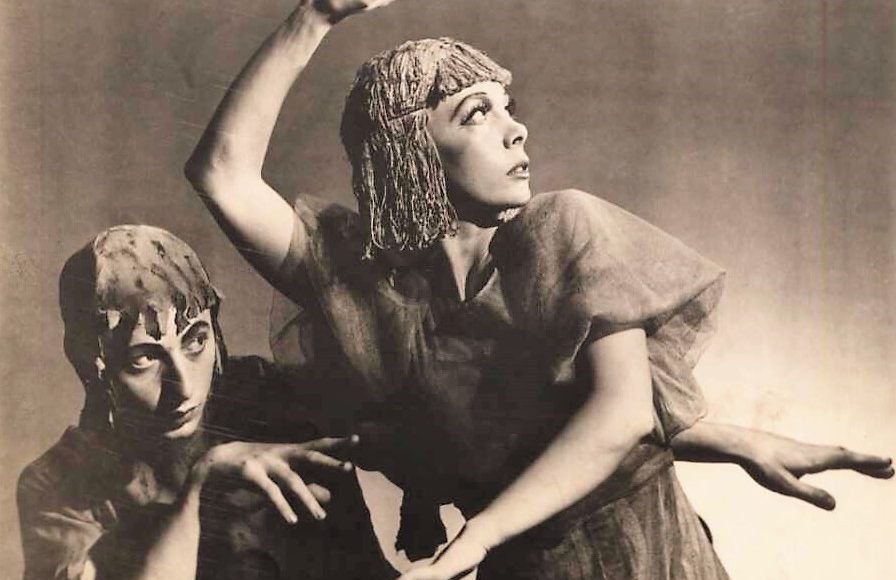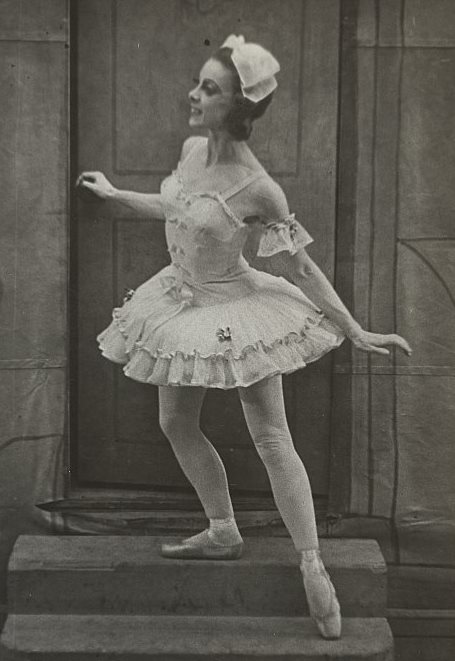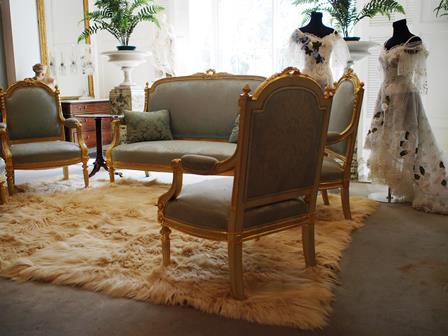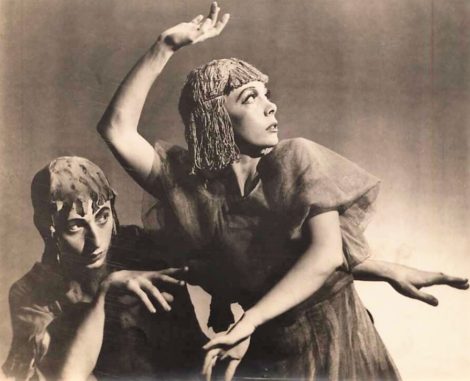- Robert O’Kell
Robert O’Kell danced with the Australian Ballet from 1962 to 1966 and then again in 1969. In 1971 he danced the role of the Indian Prince in a Rose Adagio staged by West Australian Ballet, which was the subject of an earlier post on this website. During a period of research at the National Library I chanced upon some designs by Kristian Fredrikson for this Rose Adagio, and a little later some material from Rex Reid, which identified O’Kell as the Indian Prince in this production. I am curious to know if O’Kell is still alive and if so how he can be contacted. If you can help I would love to hear from you via the comments box below.
- Oral histories
In January I had the pleasure of recording two new oral histories for the National Library of Australia. The first was with Fiona Tonkin. It was part of a the Australia-China Council project, a collaborative venture between the Australia-China Council and the National Library of Australia to document the role of the Council in Australian cultural life. Tonkin had just joined the Australian Ballet when the company went to China in 1980 and she had some lovely anecdotes about that tour. The China experience was a part only of the interview, which was a ‘whole of life’ recording that now joins the National Library’s extensive archive of dance interviews.
My second interview in January was with renowned photographer Heide Smith. In the interview Smith recalled one of her earliest commissions after migrating to Australia in 1971 with her husband and two daughters—she was commissioned by the arts magazine The Entertainer to photograph various performers working in Sydney. It was the time when Margot Fonteyn was guesting with the Australian Ballet and Smith has, amongst her extensive archive, some beautiful images of Fonteyn and Garth Welch in costume for Raymonda, along with close-ups of each of them.
- A new Anna Karenina
An article in a newspaper from the United States attracted my attention this morning. The Joffrey Ballet of Chicago (currently directed by former Australian Ballet dancer Ashley Wheater) will open a new production of Anna Karenina on 13 February 2019. It will have choreography by Yuri Possokhov, who is at present choreographer-in-residence at San Francisco Ballet. I was hugely impressed by Possokhov’s version of The Rite of Spring, which I saw several years ago, in 2013 to be exact. It is, unfortunately, the only one of his works that I have seen so far. But it seems that the Australian Ballet is splitting the cost of mounting the new Anna Karenina fifty-fifty with Joffrey. The Australian Ballet, or so the Chicago Tribune announced, will premiere the Possokhov Anna Karenina in Melbourne in May 2020. Something to anticipate?
- Edna Busse
Edna Busse, ballerina with the Borovansky Ballet in its early days, died on 2 January 2019 aged 100. An obituary will follow later. Posts about Busse are at this tag.
- Press for January 2019
‘Production brought to life for kids.’ Review of Storytime ballet. Coppélia. The Australian Ballet. The Canberra Times, 21 January 2019, p. 16. Online version
‘Another BOLD program for festival’. Preview of BOLD II, Canberra 13–17 March. The Canberra Times, 28 January 2019, p. 16. Online version
Michelle Potter, 31 January 2019
Featured image: Kristian Fredrikson, design for the Indian Prince (detail) in ‘Rose Adagio’, West Australian Ballet 1971
